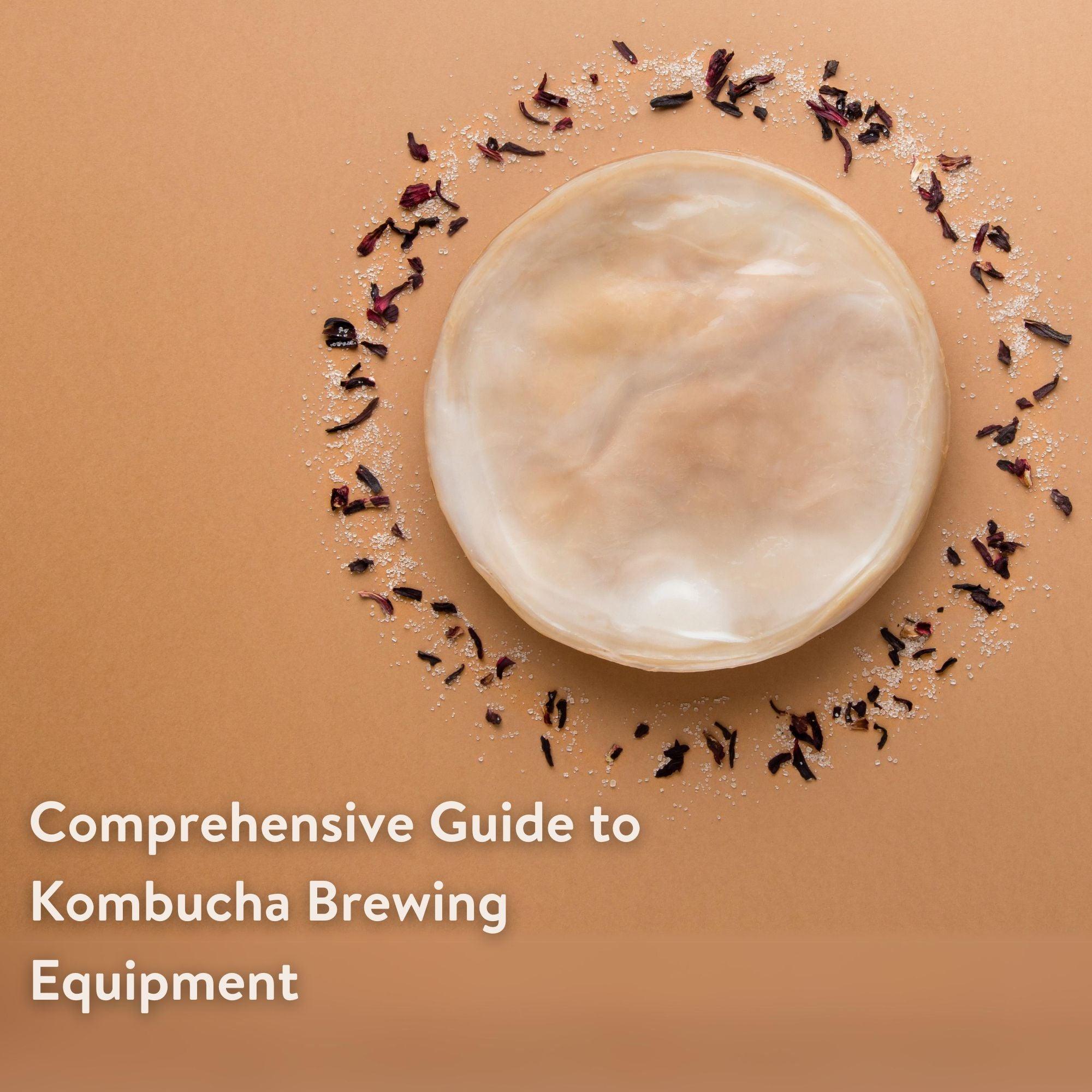Welcome back to our continuing series exploring the rich microbial universe of milk kefir. Today, we turn our attention to the Dekkera and Kluyveromyces yeasts. These yeasts are not only essential to milk kefir's fermentation process, but they also impart unique flavors and offer various health benefits. Join us as we delve deeper into the distinctive characteristics and benefits of these yeasts within milk kefir's complex ecosystem.
Table Summary
| Microorganism | Key Health Benefits |
|---|---|
| Dekkera anomala/Brettanomyces anomalus | Enhances flavor, Contributes to bioethanol production |
| Kluyveromyces marxianus/Candida kefyr | Enhances flavor, Contributes to bioethanol production, Potential probiotic properties |
The Beneficial Impact of Dekkera and Kluyveromyces Species on Health
Dekkera anomala/Brettanomyces anomalus
This yeast species is often found in fermented beverages and can have substantial effects on the product's flavor.
-
Enhances Flavor: D. anomala is known to contribute to the unique flavor of fermented drinks, including milk kefir. It produces esters and higher alcohols, compounds that have a significant impact on flavor6.(1).
-
Contributes to Bioethanol Production: This species can ferment sugars into ethanol, contributing to the production of bioethanol. This characteristic is not only important in the beverage industry but also shows potential in renewable energy production6.(2).
Kluyveromyces marxianus/Candida kefyr
K. marxianus is a thermotolerant yeast that can be found in various habitats, including dairy products like milk kefir.
-
Enhances Flavor: Like D. anomala, K. marxianus contributes to the unique flavor of fermented beverages. It produces compounds like esters and higher alcohols that have a direct impact on taste6.(3).
-
Contributes to Bioethanol Production: K. marxianus can also ferment sugars into ethanol, an essential process in bioethanol production. This has applications in the production of renewable energy6.(4).
-
Potential Probiotic Properties: Some studies suggest that K. marxianus may have probiotic properties. However, more research is needed to fully understand these potential benefits6.(5).
As we wrap up our examination of the Dekkera and Kluyveromyces yeasts, we hope you've gained a greater understanding of their importance to milk kefir's fermentation process and overall health benefits. Our exploration of milk kefir's microbial diversity doesn't end here. Up next in our series, we'll focus on the Candida and Yarrowia yeasts, another set of fascinating contributors to this diverse probiotic powerhouse. Stay tuned!
References
6.(1) Crauwels, S., Van Assche, A., de Jonge, R., Borneman, A. R., Verreth, C., Troels, P., De Samblanx, G., Marchal, K., Van de Peer, Y., Willems, K. A., Verstrepen, K. J., Delvaux, F. R., & Curtin, C. D. (2015). Comparative phenomics and targeted use of genomics reveals variation in carbon and nitrogen assimilation among different Brettanomyces bruxellensis strains. Applied Microbiology and Biotechnology, 99(21), 9123-9134.
6.(2) Dashko, S., Zhou, N., Compagno, C., & Piškur, J. (2014). Why, when, and how did yeast evolve alcoholic fermentation?. FEMS yeast research, 14(6), 826-832.
6.(3) De Vuyst, L., & Neysens, P. (2005). The sourdough microflora: biodiversity and metabolic interactions. Trends in Food Science & Technology, 16(1-3), 43-56.
6.(4) Fonseca, G. G., Heinzle, E., Wittmann, C., & Gombert, A. K. (2008). The yeast Kluyveromyces marxianus and its biotechnological potential. Applied microbiology and biotechnology, 79(3), 339-354.
6.(5) Morrissey, J. P., Etschmann, M. M., Schrader, J., & de Billerbeck, G. M. (2015). Cell factory applications of the yeast Kluyveromyces marxianus for the biotechnological production of natural flavour and fragrance molecules. Yeast, 32(1), 3-16.



